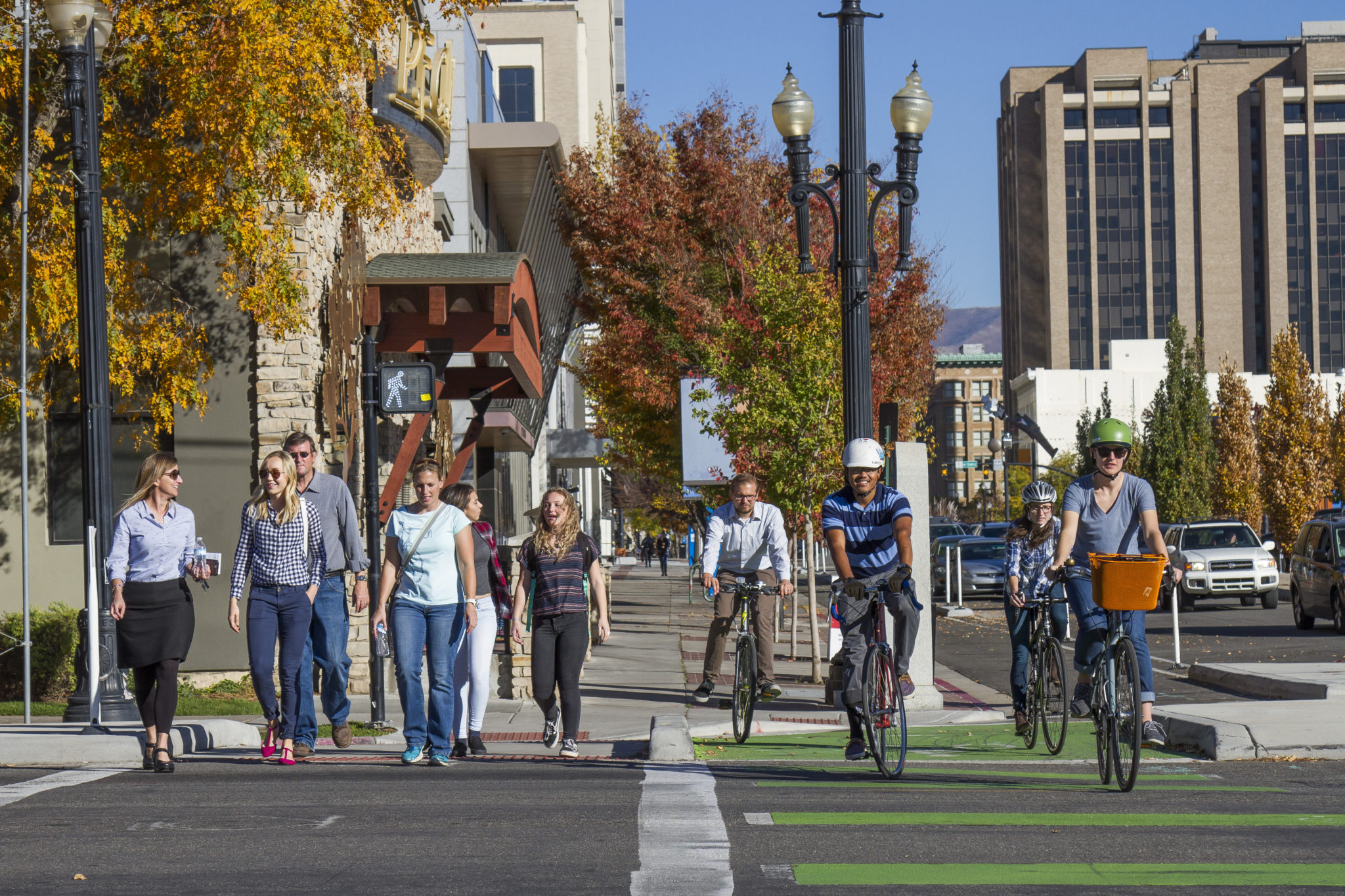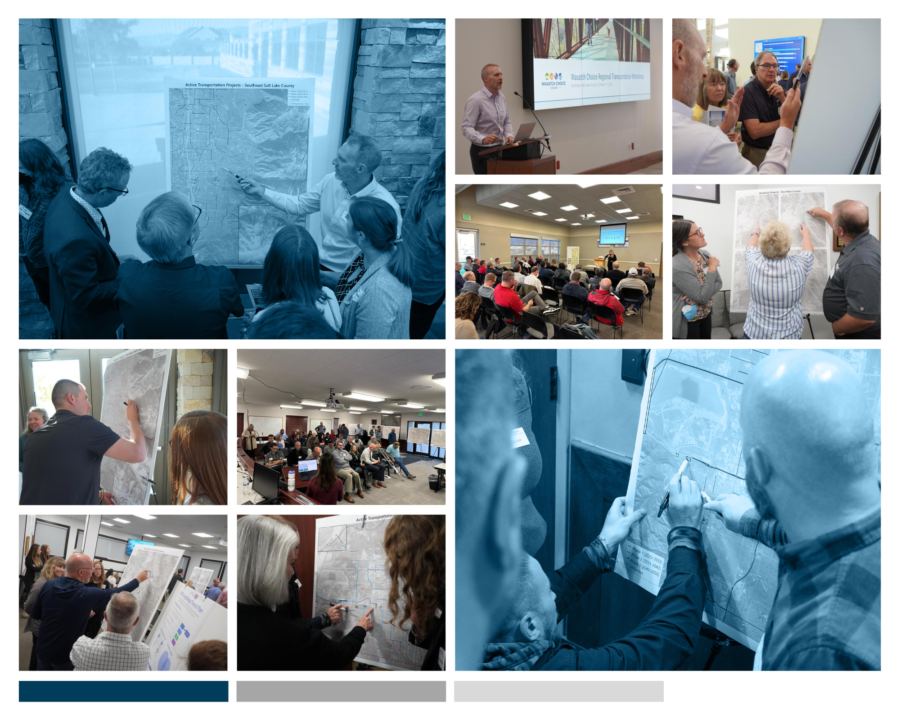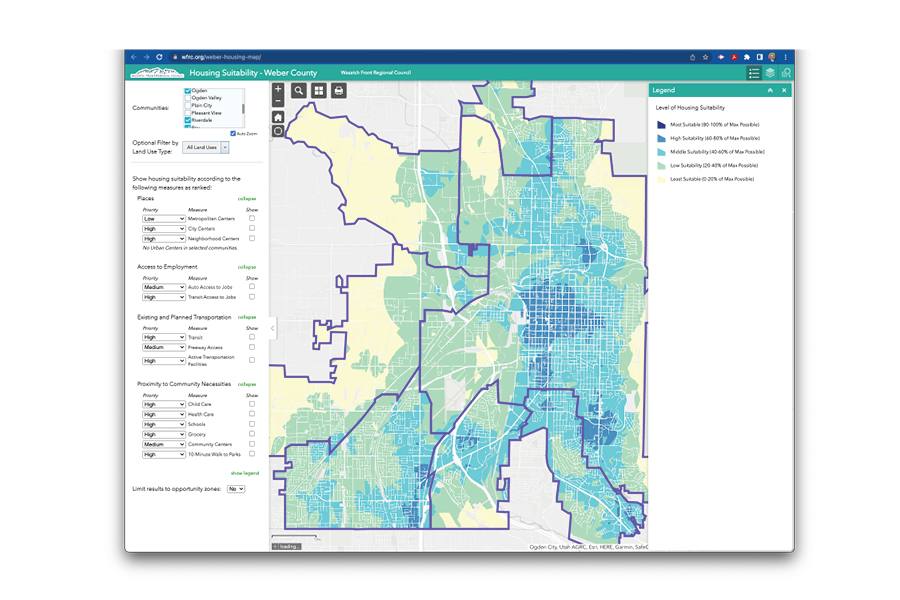SALT LAKE CITY (March 27, 2023) - Robin Hutcheson, Federal Motor Carrier Safety Administration (FMCSA) Administrator along with representatives from the Federal Highway Administration (FHWA), Wasatch Front Regional Council (WFRC), Salt Lake City and Salt Lake County convened to discuss transportation safety in Utah. The past two years have seen some of the highest number of fatalities on our roadways, and safety is a top priority of national, state, and local leaders and transportation officials. Together the group considered Utah's safety challenges, discussed solutions, and forged relationships that will allow Utah to address them collaboratively.

Examining Walk Travel Behavior and Land Use in Utah
SALT LAKE CITY (The Western Planner) – While interest in fostering walkable communities in Utah has grown in recent years, the longer-term trend is showing that people are walking less. In the greater Salt Lake City region, there was a drop in the percent of walk trips from 9 percent to 7 percent from 1993 to 2012 (11, 10). This trend signals a need to implement strategies to support non-auto dependent travel behavior and to sculpt walkable environments; understanding the factors that support these goals is salient. This article describes an analysis of the factors that impact walking. The principal data source for this analysis was the 2012 Utah Household Travel Survey (UTHS).
About the study
This study is unique as it utilizes travel data that is specific to Utah to test whether or not land use principles that may be more prevalently found in dense areas such as San Francisco are impactful to walk behavior in areas with lower densities and more homogenous and separated land uses. This study utilizes data from northern Utah, which, similar to comparative studies conducted in San Francisco, has a strong mix of both suburban and urban areas (7). The Wasatch Front Regional Council (WFRC), the Metropolitan Planning Organization (MPO) for the Salt Lake and Ogden-Layton Urban Areas, is the public agency responsible for long-range regional transportation planning in the rapidly developing urban area of northern Utah. This study may be of use to other mid-sized American cities experiencing similar travel behavior and land use trends as seen in the Wasatch Front region…


